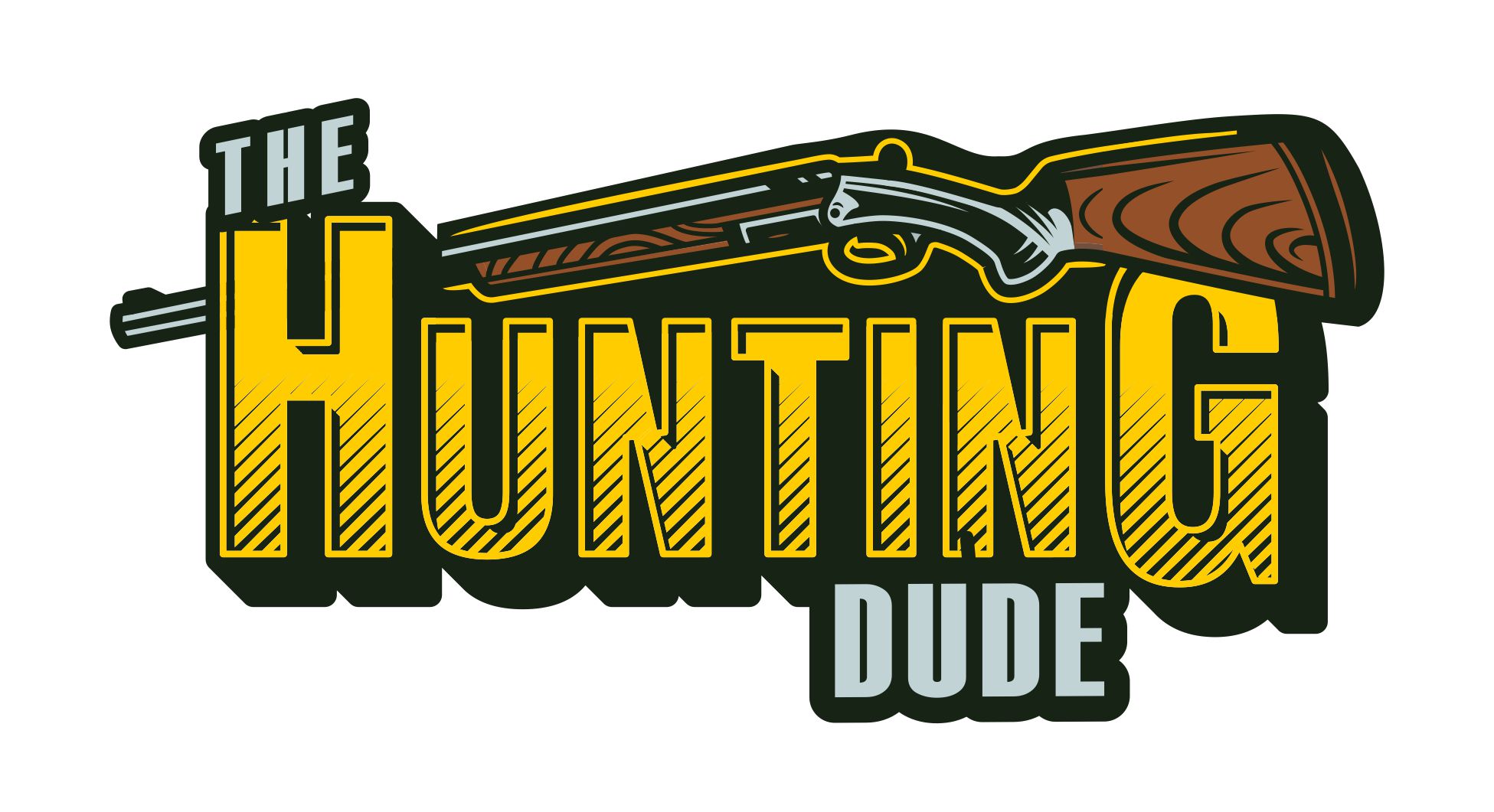Deer are known to be most active during the early hours of dawn, and it’s important to be aware of this fact before heading out.
However, there’s no need to be concerned, as there are easy tips that can help you learn how to attract deer during daytime hours.
Learn How to Get Deer to Come Out During the Day
Hunters who venture into the woods without adequate preparation may find themselves spending a significant amount of time with little success in their hunt.
However, the following tips can provide valuable insights on how to attract deer effectively during daytime hunting sessions;
1. Keep an Eye on Water Sources
Just like humans, animals, including deer, cannot survive without water. Regardless of whether it’s day or night, deer will visit water sources to quench their thirst.
When you’re in the woods, search for water holes or sources near where deer might be living. During the day, visit these spots to see if deer are present.
2. Attract Deer with Tempting Food
To attract deer during daytime hunting, it’s crucial to use deer foods with alluring scents. Begin by scouting the woods and identifying potential areas to attract deer.
Peanut-based products are effective, as deer find their scent appealing. You can also try using fruits like pears and apples, which are known to be favorites of deer.
Incorporating these foods into your baiting strategy may improve your chances of attracting deer and increasing your hunting success during the day.
3. Use Deer Attractants
To attract deer during the daytime, you can use different types of attractants. However, it’s important to know where deer typically rest (bedding areas) in order to effectively use attractants, as their scent can entice deer to leave these spots.
Many experts suggest using attractants that contain essential nutrients, as they can help promote the growth of deer antlers.
4. Using Deer Calls: Take Advantage of Their Vocal Nature
As a hunter, I have always been intrigued by the art of calling deer, as it presents an exhilarating opportunity to attract them. Deer are known for their vocal nature, using bleats, grunts, and wheezes to communicate with each other.
As hunters, we can leverage this behavior to our advantage by mastering effective calling techniques that can entice deer to come to us during daytime hunts.
Common types of calls include the doe bleat (made by female deer), grunt call (made by bucks), and rattling (creating sounds by clashing and rubbing antlers together).
5. Get the Advantage of Weather Fronts
Unlike we humans, deer are sensitive to changes in barometric pressure. When a storm passes and the barometric pressure rises, deer often emerge from their secluded hiding spots in search of food.
This is because they are usually hungry during such times, and their primary focus is on finding sustenance. As a result, these moments present optimal opportunities for hunting deer.
6. Taking Advantage of Mast-Producing Trees for Deer Hunting
For novice hunters, it’s crucial to understand what deer are drawn to and what they tend to avoid. One of the most effective areas to target when waiting for deer is around trees that produce masts.
Among these, oak trees with freshly fallen acorns are particularly enticing to deer compared to other types of trees. By recognizing and utilizing these preferred food sources, hunters can increase their chances of a successful deer hunt.
7. Creating Comfortable Bedding Areas for Deer
Deer often seek out bedding areas when they need to rest during the daytime. As hunters, you can enhance your hunting strategy by creating bedding areas for deer.
Choose a sunny location that is warm, comfortable, and provides a sense of safety and security from potential predators. By establishing these inviting resting spots, you can attract deer and increase your chances of a successful hunt.
8. Utilize a Programmable Feeder for Daytime Deer Attraction
A programmable deer feeder can be an effective tool for attracting deer during daytime hunts. With a programmable feeder, you can dispense a small amount of food at regular intervals, enticing deer to return to the location.
Once deer become accustomed to the feeder, they are likely to visit more frequently. However, it’s worth noting that mature bucks may be less attracted to such feeders compared to younger, less mature bucks and fawns.
Nonetheless, incorporating a programmable feeder into your hunting strategy can be a fruitful approach to luring deer during daytime hunts.
The Bottom Line!
Deer hunting can often involve prolonged periods of waiting in the woods. However, by following the aforementioned simple tips to attract deer during the daytime, you can save time and effort while enhancing your overall hunting experience.

